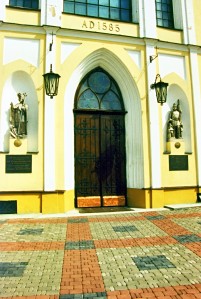Research is formalized curiosity. It is poking and prying with a purpose. ~ Zora Neale Hurston
The genesis of a family historian is curiosity. I’ve discovered that people are either interested in knowing about their family’s past, or they really don’t care at all; there is no in-between. The Week 4 prompt for 52 Ancestors is “Curious.” I have no idea which of my ancestors had a curious personality, so rather than focus on a particular ancestor I’m looking in the mirror – what am I still curious about after over 30 years of researching my family’s history? Plenty! As I discover new information, my questions seem to multiply. So what’s a curious genealogist to do? Formalize that curiosity by developing research plans to poke and pry and, hopefully, quench that curiosity! Here’s a few things that I’m still curious about…
Double Life
Why does my great-grandfather Joseph Zawodny have two different social security numbers? I discovered this just last week! In one of the social security databases, his name is listed with the same birth date and parents’ names, but different numbers. I already have his SS-5 card – or I should now say one of his SS-5 cards – and that number matches the one on his death certificate. Now I’m really curious about the other one…did he forget he already applied? Or is there something to that lingering story that he used someone else’s name?
Research Plan: Order the SS-5 card. Do I need the information? Given that I already have his birth, death, and marriage records as well as those of his parents and great-grandparents – no, not really. But I’ll spend the $21 because I am curious! [See this post from The Legal Genealogist if you don’t know what a SS-5 card is or what it will reveal.]
The Missing Sister…
What happened to my grandaunt, Jean Piontkowska Hynes? So far I’ve tracked her and her husband, William R. Hynes, from New York City to Florida where they resided in 1940. In October, 1944, according to The Tampa Tribune, William filed for divorce. However I found no record of the divorce and no notice of it in the paper. William married again in the late 1940s (his third marriage). On Jean’s brother’s obituary in 1953, she is listed as living in Detroit, but obituaries are not that reliable and I haven’t found any other evidence of that. According to William’s child from the post-Jean marriage, Jean might have been living in New York City around 1958 and when she became ill and her ex-husband helped her out. Where and when did she die?
Research Plan: I’m waiting for the release of the 1950 census to determine where Jean went after leaving Florida (if she left); then continue to search for her death record. I still don’t actually have her marriage record to William from around 1926; one story says they never actually were married, but William would know that so why would he file for divorce if they weren’t actually married? I’d like to find that divorce record, too, so I’ll check with the county clerk for Pinellas County.
Across the Pond
What happened to the rest of the Pater family that remained in Poland? I already know that my great-grandfather’s first cousin, Józef Pater, a decorated war veteran, was active in the Polish resistance during WW2. This resulted in his fourteen month-long imprisonment in Pawiak Prison, shipment to Auschwitz, and his death there eight weeks later. His wife, Helena Palige Pater, was also imprisoned at Pawiak for the same amount of time and died at Ravensbruck. Either his son or his brother, both named Bronislaw Pater, died at Majdanek. Jozef was the son of Marcin Pater, my great-great grandfather’s brother. Another brother was named Stanislaw, and both had children. When I visited the Pawiak Museum in Warsaw in 2017, I saw a photo on the wall of a Stanislaw Pater that seemed to resemble Jozef. I’m curious if it was his brother or uncle, and I wonder what happened to the rest of the Pater family.
Research Plan: Write to the Pawiak museum requesting information on Stanislaw Pater, check Arolsen Archives that document Nazi persecution, continue to look at several research sites that contain Polish vital records, and search family history sites for relatives.
Exiled
What happened to the Miller brothers who were exiled to Siberia? Last week I wrote about my 2nd great-grandmother, Elizabeth Miller. Her daughter Zofie told her nieces that her brother Emil Pater was exiled to Siberia. This occurred either during World War I or the Polish-Soviet War that immediately followed it.
Research Plan: Find some books that detail this event, especially the Polish-Soviet War which isn’t as well known in the U.S. I could also attempt to find descendants of Emil’s daughter, Wanda, who remained in Poland after her mother returned to the U.S. in 1930 (assuming her family survived WW2).
Who’s the Daddy?
When you have DNA matches that are close enough to figure out and both people have done extensive family research but the trees do not match, you know there’s a paternity that doesn’t match the paper trail. Such is the case on my Zawodny line (actually my Ratajczyk line as my 2nd great grandfather adopted the use of the name Zawodny from his stepfather). Because I have three matches all descending from the same ancestor, I suspect he is actually my 3rd grandfather. He and my 3rd grandmother were in the same general vicinity, but not in the same town. However, no other explanation makes sense as to how I keep matching to his descendants.
Research Plan: How to determine this? Y-DNA would be useful, but my matches aren’t from the direct male line of this ancestor. I need to dig more into their family line to find a direct male line to prove my theory.




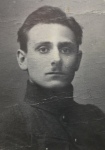

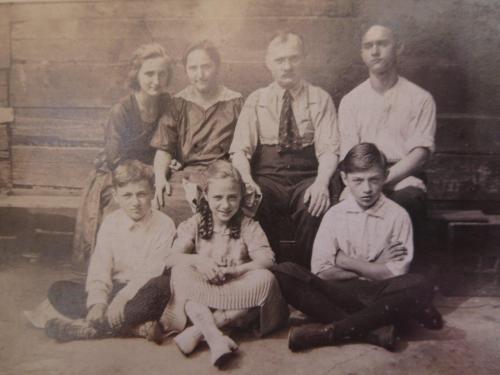
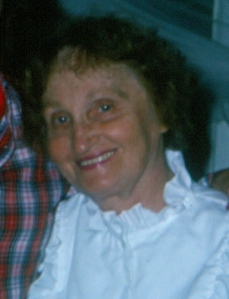












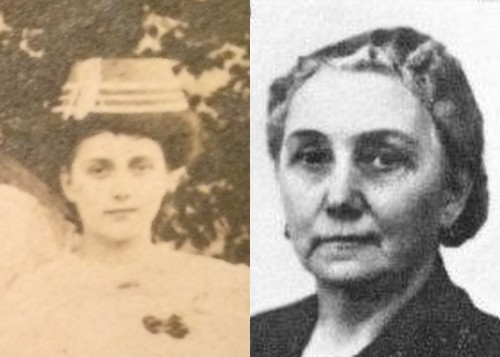
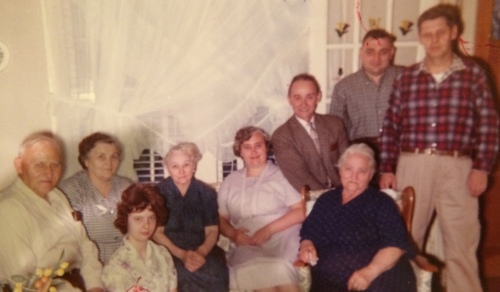
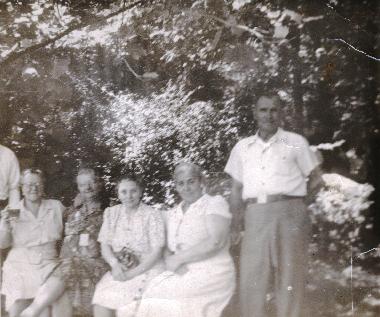







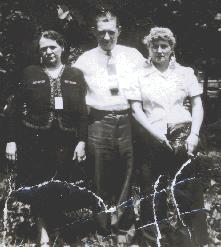
 Searching a common surname like Miller is challenging, but even more so because this particular surname is common not in one or two countries, but in many from Ireland and Great Britain and crossing throughout Europe to Russia, German, Poland, Hungary, and more. In the U.S., there are even a mix of races that bear the name. So where does one begin? I started with the few facts I knew and tried to piece together “the rest of the story” through genealogical records. This is the story of the Miller family from Poland – three Miller families, to be exact. Are they related, or are they simply neighbors who shared a common surname?
Searching a common surname like Miller is challenging, but even more so because this particular surname is common not in one or two countries, but in many from Ireland and Great Britain and crossing throughout Europe to Russia, German, Poland, Hungary, and more. In the U.S., there are even a mix of races that bear the name. So where does one begin? I started with the few facts I knew and tried to piece together “the rest of the story” through genealogical records. This is the story of the Miller family from Poland – three Miller families, to be exact. Are they related, or are they simply neighbors who shared a common surname?




 I noticed that the manifest had a big “X” next to her line number. That is a signal that the passenger was detained for some reason, and there may be more information available. For more information, see
I noticed that the manifest had a big “X” next to her line number. That is a signal that the passenger was detained for some reason, and there may be more information available. For more information, see 






